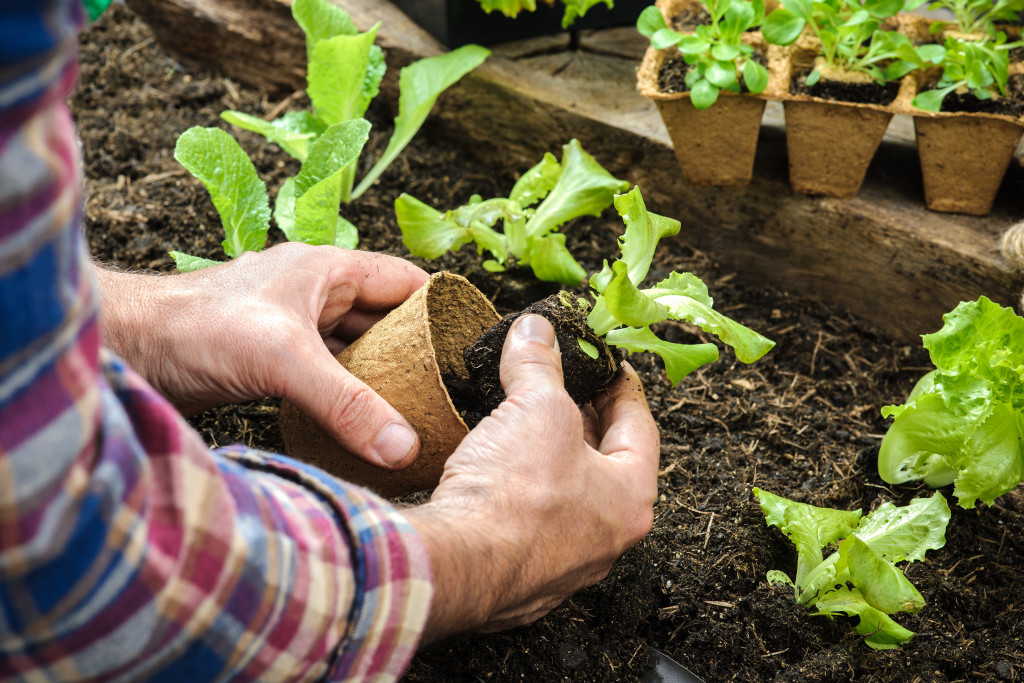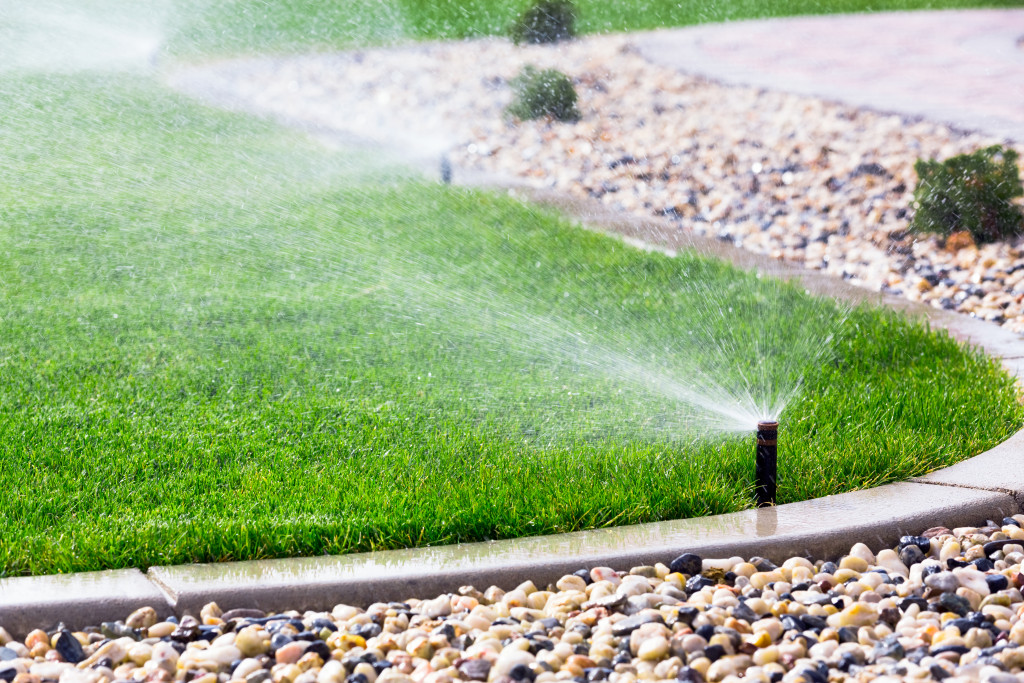- The U.S. is home to around 18,000 species of plants, native and non-native, requiring specific conditions for growth.
- Poor soil quality, overwatering/underwatering, pest infestations, wrong planting location, and nutrient deficiencies can lead to plant death.
- Install irrigation systems to accurately measure water supply and attract beneficial insects to deter pests naturally.
- Adequate light exposure is necessary for photosynthesis, and proper pruning helps improve plant health.
- With the right knowledge and care, plants can thrive in gardens for many years.
Gardening can be a fulfilling activity that adds beauty and vitality to your home. However, if you are struggling with plants that won’t seem to survive, you’re not alone. Many home gardeners face challenges and frustrations when their plants fail to thrive, no matter how much time and effort they have put into their gardens.
Plants in The U.S.
The U.S. is home to about 18,000 species of plants. Some of these plants are native to the U.S., while others are non-native and were introduced from other countries. Depending on your geographical location, certain plants may be better suited for your garden. Knowing which plants will thrive in your climate, soil type, and light exposure is essential before planting.
Common Planting Mistakes
Many novice gardeners make mistakes that can lead to the death of their plants. Here are some reasons your plants keep dying and what you can do about it.

Poor Soil Quality
One of the most common reasons plants die is poor soil quality. Plants need the right nutrients and minerals from the soil to grow; if the soil is lacking or too compact, plants won’t receive the nutrients they need. To fix this issue, consider testing your soil and adding amendments such as compost or fertilizer.
Overwatering or Underwatering
Another problem that can affect your plants’ growth is overwatering or underwatering. Both too much and too little water can cause root damage and lead to low plant growth or death. Ensure your plants receive the right amount of water by considering their specific watering needs and irregular rainfall in your area.
Pest Infestations
Pest infestations are a common problem among gardeners. If left unchecked, pests such as aphids, spider mites, and beetles can severely reduce the plant’s health and growth. Use natural preventative strategies or insecticides that are safe for your plants to control and avoid pest infestations.
Wrong Planting Location
Plants require specific growing conditions, including light, temperature, and humidity, to grow properly. Picking the correct location in your garden is crucial for healthy plant growth. Identify your plants’ needs and ensure they are planted in the right location with access to appropriate sunlight.
Nutrient Deficiencies
Lastly, your plant’s death could be due to nutrient deficiencies like nitrogen, potassium, or phosphorus. Without these nutrients, plants will struggle to maintain their development. Use organic fertilizers or supplements to increase soil nutrients and improve plant growth.
Proactive Tips to Keep Your Plants Healthy
Dealing with the problems above can help your plants survive. However, if you want to keep them healthy, consider following these tips:

Install Irrigation
Overwatering is a common mistake, but using an irrigation system can avoid this issue. Irrigation systems allow you to measure and control how much water your plants receive precisely. However, it can be challenging to install one yourself. Consider hiring a local irrigation installation service to help you. The service can find the right spot for the system and create an efficient watering schedule that works best for your plants.
Encourage Beneficial Insects
Beneficial insects such as Ladybugs, lacewings, and bees are great natural pest deterrents. To attract these insects to your garden, plant flowers and herbs like lavender, chamomile, and dill that will encourage them. You can also purchase beneficial insects from local gardening centers.
Ensure Sufficient Light
Light is a crucial factor in plant growth, as it is necessary for photosynthesis. Understanding light requirements for different plants is essential. Here’s why:
- Plants use chlorophyll, a pigment in their leaves, to capture light energy and convert it into chemical energy.
- Light intensity, duration, and quality affect the rate of photosynthesis. Plants have different light requirements; some thrive in full sunlight, while others prefer shade.
- Insufficient light can lead to stunted growth, weak stems, and poor flowering or fruiting.
Practice Proper Pruning
Pruning involves removing certain plant parts, such as branches, leaves, or flowers. When done correctly, pruning can promote plant health and vitality. Here’s the science behind it:
- Pruning helps to remove dead or diseased parts of the plant, preventing the spread of pathogens and improving overall plant health.
- It stimulates new growth by encouraging the development of lateral buds and increasing light exposure to the inner parts of the plant.
- Proper pruning techniques can help shape the plant, improve air circulation, and increase flowering or fruiting.
Plants are essential to our lives and can add beauty and life to your home. With the right knowledge and care, you can ensure your plants remain healthy and thrive in your garden. By avoiding common mistakes, understanding plant needs, and providing proper care, you can help keep your plants alive for years.

